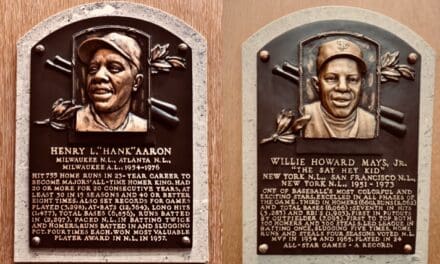The Legacy of Briggs & Stratton
Briggs & Stratton Corporation, a name synonymous with small engines, has an impressive legacy that stretches back over a century. Founded in 1908 in Milwaukee, Wisconsin, the company began its journey with a vision of innovation and reliability. Its founders, H.F. Briggs and J.C. Stratton, initially focused on creating high-quality engines for various applications, setting the stage for what would become a monumental presence in the power equipment industry.
In those early years, Briggs & Stratton faced fierce competition, but their commitment to quality quickly distinguished them from others. The introduction of the first engine, a one-cylinder gasoline engine, marked a significant milestone. This engine was not just designed for power but also emphasized ease of use and maintenance. The simplicity and of their designs attracted attention, driving the growth of the company during the burgeoning of motorization in the United States.
By the 1920s, the demand for small engines surged as more consumers sought reliable power solutions for their outdoor equipment. Recognizing this trend, Briggs & Stratton expanded its product line, introducing engines for lawnmowers, garden tillers, and other outdoor machinery. Their partnership with leading manufacturers of lawn care equipment further solidified their position in the market. These collaborations showcased how Briggs & Stratton could enhance the functionality of various machines, making them a vital component of countless households and businesses.
The post-World War II era brought unprecedented growth for the corporation. With returning veterans and a burgeoning suburban landscape, the need for lawn maintenance equipment skyrocketed. Briggs & Stratton seized this opportunity, launching a series of powerful and compact engines that would define backyard gardening for generations. The iconic “Lawn Boy” mowers equipped with their engines became household staples, reinforcing the company’s reputation as a leader in small engine innovation.
As technology advanced, so did Briggs & Stratton. The company continually adapted to the changing landscape, incorporating new materials and engineering practices. By the 1980s, they introduced innovations such as overhead valve (OHV) technology, significantly improving the performance and efficiency of their engines. This adaptability allowed Briggs & Stratton to maintain its competitive edge, even as newcomers entered the market.
However, the company’s journey was not without challenges. Economic downturns, shifts in consumer preferences, and increasing competition tested its resilience. In the early 2000s, Briggs & Stratton faced operational struggles, leading to restructuring efforts and a renewed focus on core values and products. By emphasizing customer satisfaction and investing in research and development, the company sought to reclaim its position in the industry.
One of the significant turning points for Briggs & Stratton was its expansion into the global market. Recognizing the potential for growth beyond American borders, the corporation established relationships with international partners. This move enabled them to diversify their product offerings and tap into emerging markets. As a result, Briggs & Stratton engines can now be found in various applications worldwide, from landscaping to construction.
In recent years, the company has also embraced sustainability and ecological responsibility. With increasing awareness around environmental issues, Briggs & Stratton has developed initiatives aimed at reducing emissions and promoting eco-friendly products. Innovations such as cleaner-running engines and electric alternatives demonstrate the company’s commitment to a greener future.
Today, Briggs & Stratton remains a dominant force in the small engine industry. From their website:
“Briggs & Stratton is the world’s largest producer of engines for outdoor power equipment, and is a leading designer, manufacturer and marketer of lithium-ion battery, standby generator, energy storage system, lawn and garden, turf care and job site products through its Briggs & Stratton®, Vanguard®, Ferris®, Simplicity®, Snapper®, Billy Goat®, Allmand®, SimpliPhi®, Branco® and Victa® brands. Briggs & Stratton products are designed, manufactured, marketed and serviced in more than 100 countries on six continents.”
Its engines continue to power a wide range of equipment, from lawn mowers to generators, reflecting a legacy built on quality, innovation, and reliability. The brand is cherished not only for its products but also for the trust it has cultivated among consumers over the decades.
As Briggs & Stratton looks toward the future, it stands at the intersection of tradition and innovation. With a commitment to excellence, the company strives to adapt to changing consumer needs while honoring its storied past. The journey of Briggs & Stratton is a testament to the enduring spirit of American ingenuity, proving that with determination and vision, even a small engine company can achieve monumental success.
[Editors’ note: this article was published by Dairyland Sentinel, it is not a paid advertisement nor an endorsement. We celebrate Wisconsin’s heritage, including the companies, organizations and people who make it great.]
















